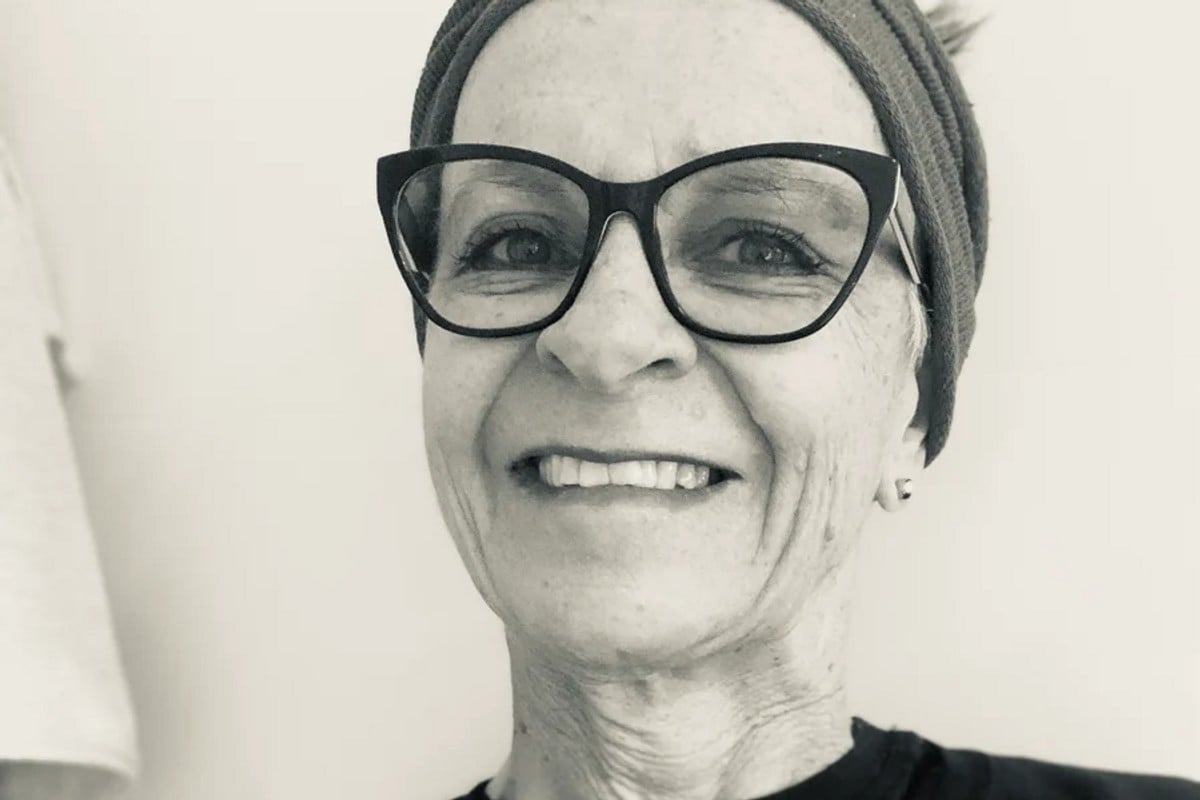
When Penny first felt the strange, shallowness of her breath, she brushed it off as nothing important. When her chest began tightening during yoga meditations, she put it down to age and burnout.
At 40, Penny had recently had her second child, and was juggling full-time work with a newborn and a four-year-old.
"I put it down to being older," she said. "And later, the fatigue of managing a newborn and a four-year-old."
What she didn't know then was that something far more serious was quietly unfolding in her lungs.
Watch: Multiple Chronic Conditions: A Day in the Life. Article continues after the video.
It started with shortness of breath — "SOB", as she calls it — and a sense that something wasn't quite right.
She'd never felt breathless before. She had always been fit, strong, and healthy. Eventually, she decided to see a doctor. But, having just moved to a new town, she didn't have a regular GP.
"When I was able to see one, it was only whoever was available at the time, so I had no continuity of care," she said.
It would take nearly a year to find out the truth. For months, Penny was told she may have asthma. Or even emphysema.




























































































